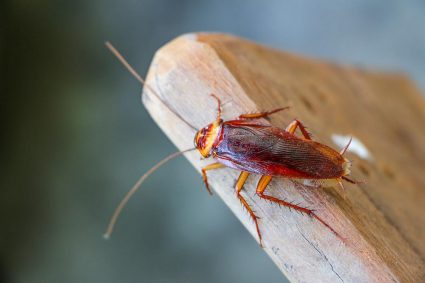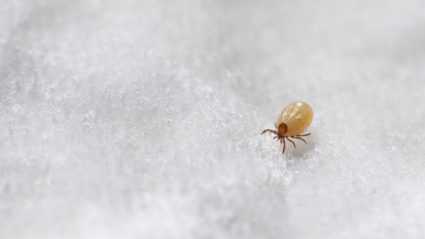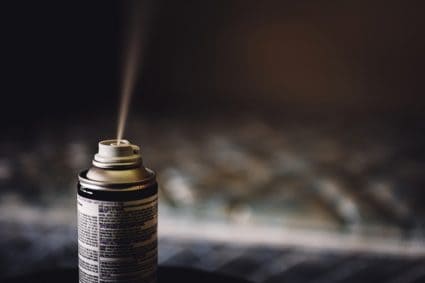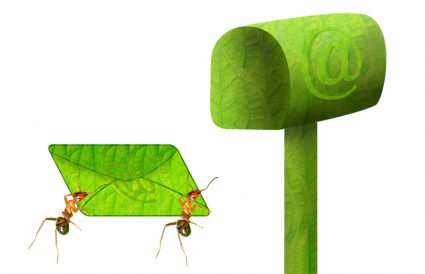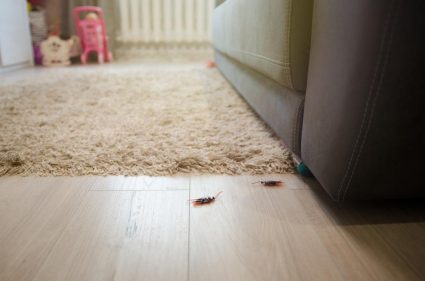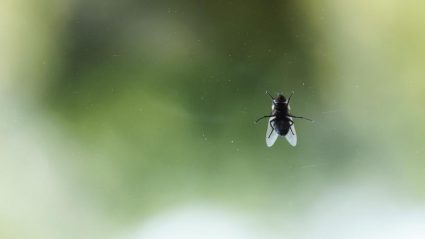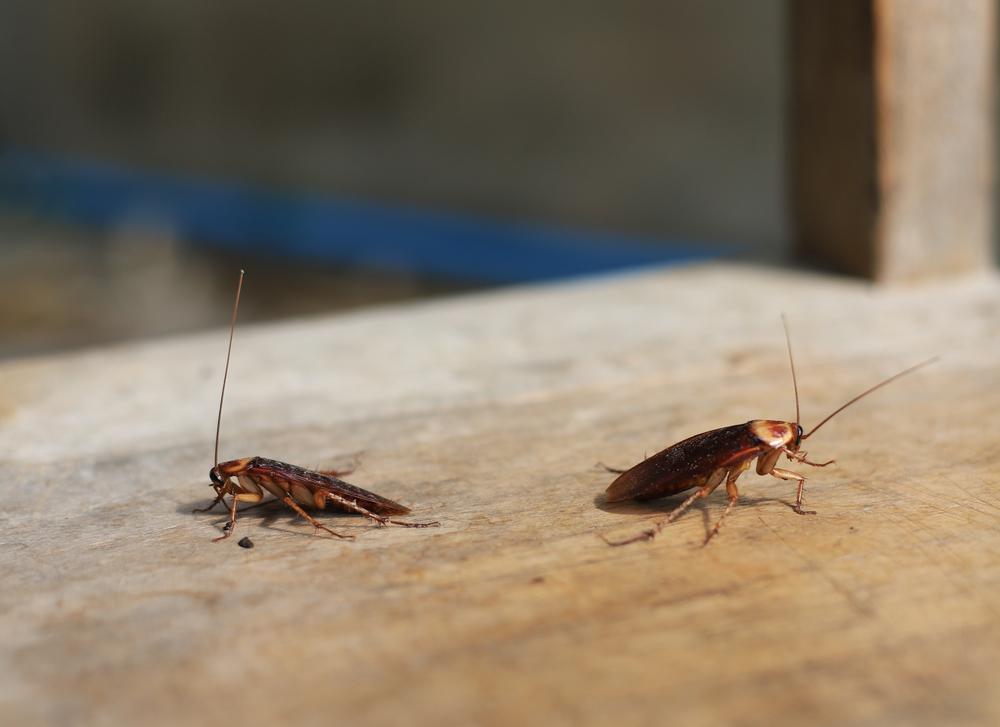
Dubia roaches, also known as Blaptica dubia, are a popular choice for reptile and amphibian pet owners who prefer a nutritious, easily bred food source for their pets. They are also a popular choice for those who breed insects, either as a hobby or for commercial purposes. One of the most common questions asked by those interested in these roaches is, “When do Dubia roaches breed?” This guide will provide a comprehensive answer to that question, covering everything from the breeding cycle, optimal environmental conditions, and common obstacles in breeding Dubia roaches.
Dubia roaches typically start breeding when they reach sexual maturity, which is around 3 to 4 months of age. The gestational cycle for a female Dubia roach is 65 days, so the earliest a female can give birth to a batch of nymphs is 72 days after reaching adulthood. Breeding conditions, such as temperature, humidity, light, and nutrition, greatly influence their breeding cycle.
When Do Dubia Roaches Start Breeding?
Dubia roaches typically start breeding when they reach sexual maturity, which is around 3 to 4 months of age. Females can become pregnant as soon as they begin mating, and their gestational cycle is approximately 65 days. This means the earliest a female can give birth to a batch of nymphs is 72 days after the day she reaches adulthood, which is roughly 220 days after she is born.
The Breeding Cycle of Dubia Roaches
The breeding cycle of Dubia roaches begins when a newly emerged adult female starts mating, which usually occurs about 5 days after emergence. Dubia roaches are ovoviviparous, meaning they give birth to live young instead of laying eggs. The gestational cycle for a female Dubia roach is 65 days, so the earliest a female can give birth to a batch of nymphs is 72 days after reaching adulthood. Under ideal conditions, a single adult female can produce as many as 175 offspring in one year.
Optimal Conditions for Breeding
The breeding of Dubia roaches is influenced by several factors, including temperature, humidity, light, and nutrition. To ensure successful breeding, it is essential to maintain optimal temperature (between 80-90ºF or 28-32ºC) and humidity (between 40% and 60%). Light plays a role in Dubia roach behavior and reproduction, with evidence suggesting that mating peaks when Dubia roaches are exposed to a 12/12 (hour) light/dark cycle. Nutrition is another important factor for successful breeding. A healthy diet, including a balance of protein and carbohydrates, is crucial for Dubia roaches.
Common Obstacles in Breeding
Common issues in breeding Dubia roaches include inadequate temperature and humidity, poor nutrition, insufficient colony density, inadequate shelter, and stress. These obstacles can be overcome by maintaining optimal environmental conditions, providing a balanced diet, ensuring sufficient colony density, providing adequate shelter, and minimizing stress.
Special Care During Breeding Period
Special care and considerations during the breeding period of Dubia roaches include maintaining optimal temperature and humidity, providing adequate dietary support, ensuring an ideal male to female ratio, minimizing disturbance, and being aware of potential allergy risks.
Lifespan of Dubia Roaches
With ideal care, Dubia roaches can live up to 1.5 to 2 years. Females tend to live longer than males on average. The first 4 months of their life are spent in the nymph to sub-adult phase. Males usually live for 12-18 months, while females may live up to 2 years.
Conclusion
Breeding Dubia roaches can be a rewarding experience, whether it’s to provide a nutritious food source for your pets or as a fascinating hobby. With the right knowledge and understanding of their breeding cycle, environmental needs, and the challenges that may arise, you can successfully breed Dubia roaches and enjoy the benefits they offer.
Frequently Asked Questions
What is the ideal male to female ratio for breeding Dubia roaches?
The ideal male to female ratio for breeding Dubia roaches is approximately 1:3. This means for every male, there should be three females. This ratio helps to ensure efficient breeding while reducing stress and competition among the males.
What kind of food should I provide for my Dubia roaches?
Dubia roaches are not picky eaters, but a balanced diet is crucial for their health and breeding success. They can be fed a variety of fruits, vegetables, and grains. Some good options include apples, oranges, carrots, and oats. It’s also important to provide a protein source, which can be commercial roach diet, fish flakes, or even dog food. Always ensure the food is fresh and remove any uneaten food to prevent mold.
How can I minimize stress for my Dubia roaches?
Minimizing stress for your Dubia roaches can be achieved by maintaining a stable environment (temperature and humidity), providing adequate shelter, keeping the colony density in check, and minimizing disturbances such as loud noises or frequent handling.
Can Dubia roaches escape from their enclosure?
Dubia roaches are not good climbers, so they are unlikely to escape from a smooth-sided enclosure. However, they can climb on textured surfaces and can use objects or substrate to help them climb. To prevent escapes, ensure your enclosure is smooth-sided, has a secure lid, and doesn’t contain items that the roaches could use to climb out.
Are there any potential allergy risks associated with breeding Dubia roaches?
Yes, there can be potential allergy risks associated with breeding Dubia roaches. Some people may develop an allergic reaction to the frass (droppings) or the shed skins of the roaches. Symptoms can include skin irritation, nasal congestion, and eye irritation. It’s recommended to wear gloves when handling the roaches or their substrate, and to clean the enclosure regularly to minimize exposure to allergens.

